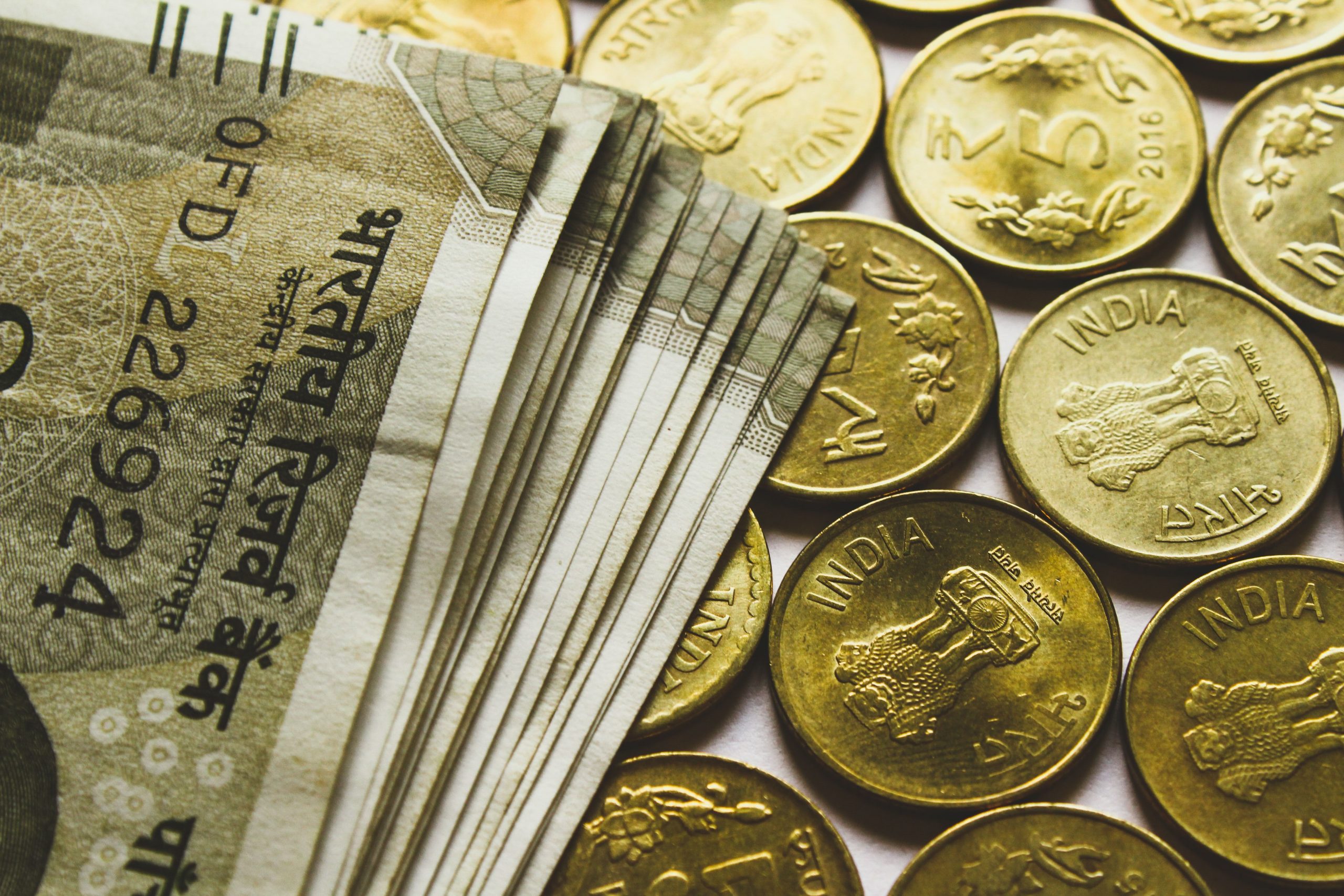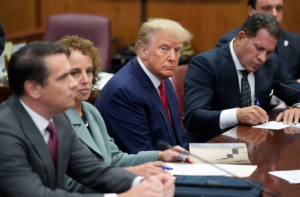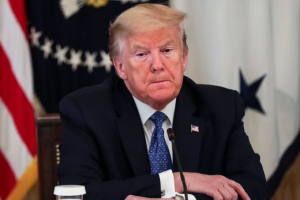The Indian rupee and bond yields firmed after the Reserve
Bank of India (RBI) hiked its key policy rate for the third time. Indian shares
also rose as rate-sensitive banking stocks climbed.
The RBI’s Monetary Policy Committee (MPC) raised the repo
rate by 50 basis points (bps) to 5.40%. as the central bank tries to control
persistently high inflation. “With inflation expected to remain above the
upper tolerance threshold in Q2 and Q3 of the current financial year, the MPC
stressed that sustained high inflation could de-stabilize inflation
expectations and harm growth in the medium term,” RBI Governor Shaktikanta
Das said.
Also Read | Explained: Impact of RBI’s repo rate hike on deposits, loans
The RBI MPC retained its GDP growth projection for FY23 at
7.2%, and its inflation forecast was also unchanged at 6.7%.
India’s annual Consumer Price Index (CPI) inflation
remained above the 7% mark in June and beyond the RBI’s upper tolerance level
of 6% for the sixth month in a row.
Also Read | RBI monetary policy committee meet: Key highlights
India’s 10-year benchmark bond yield rose to 7.25% after
the policy decision. The rupee was trading at 79.24, up from 79.4650 on
Thursday. The local unit reached an intraday high of 78.98 immediately after
the RBI’s rate decision.
“We expect the pace and quantum of rate hikes to moderate
going forward, led by falling commodity prices, global growth concerns, and
easing global supply constraints. In our view, the bond yields, especially in
the 3-5 year segment, discount a large part of the expected rate hikes,” said
Arun Kumar, Head of Research, FundsIndia
Also Read | 50 bps rate hike has become new normal for Central Banks: RBI Governor
The rupee depreciated by 4.7% against the US dollar this
financial year till August 4. “The depreciation of the Indian rupee is more on
account of the appreciation of the US dollar rather than weakness in
macroeconomic fundamentals of the Indian economy. Market interventions by the
RBI have helped in containing volatility and ensuring the orderly movement of
the rupee. We remain watchful and focused on maintaining the stability of the
Indian rupee,” said Das.







